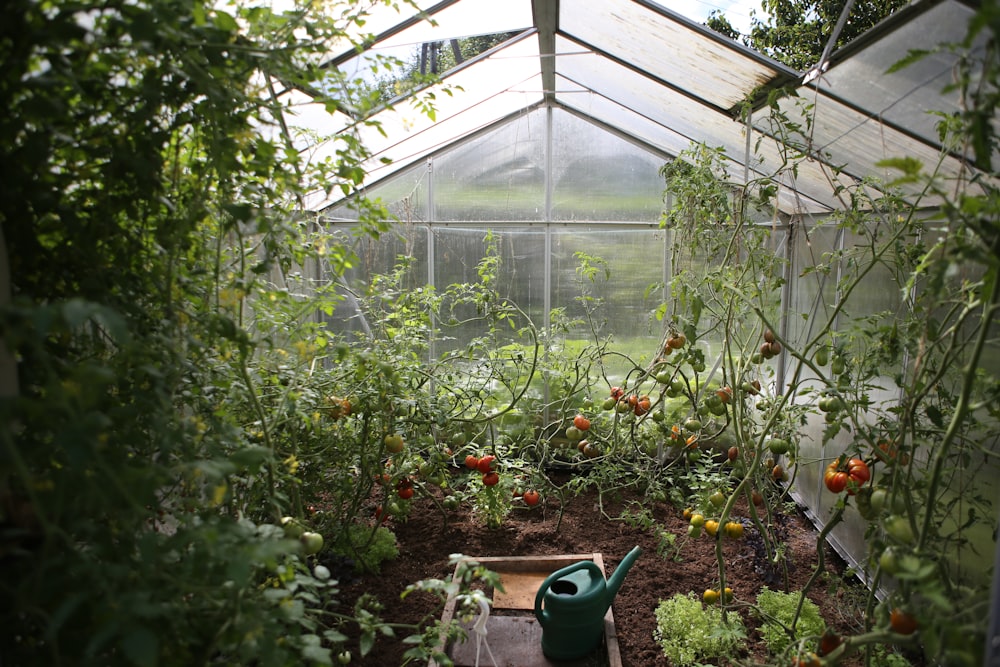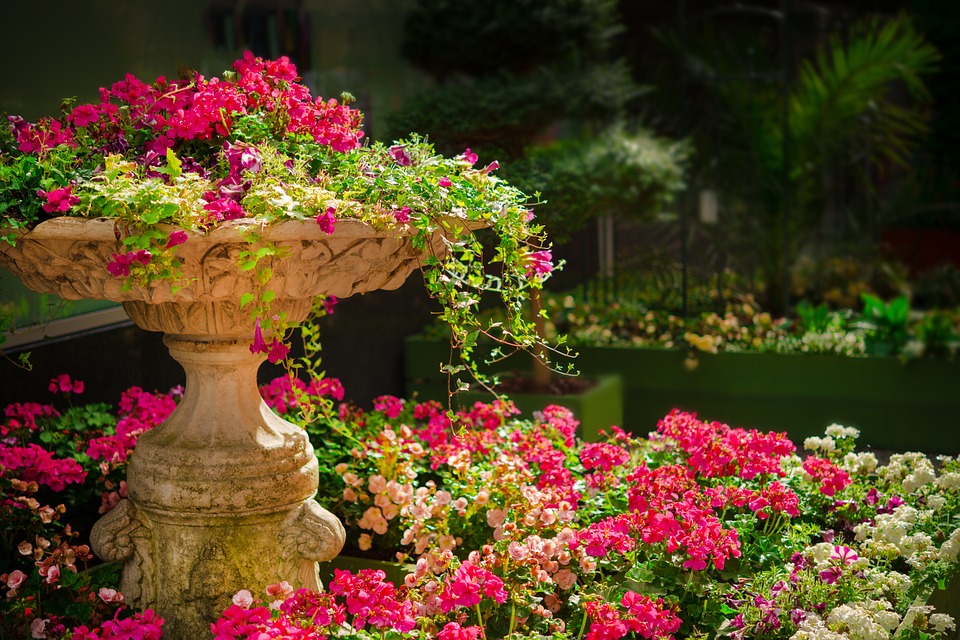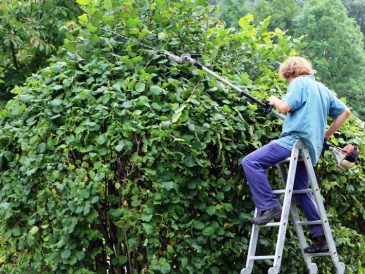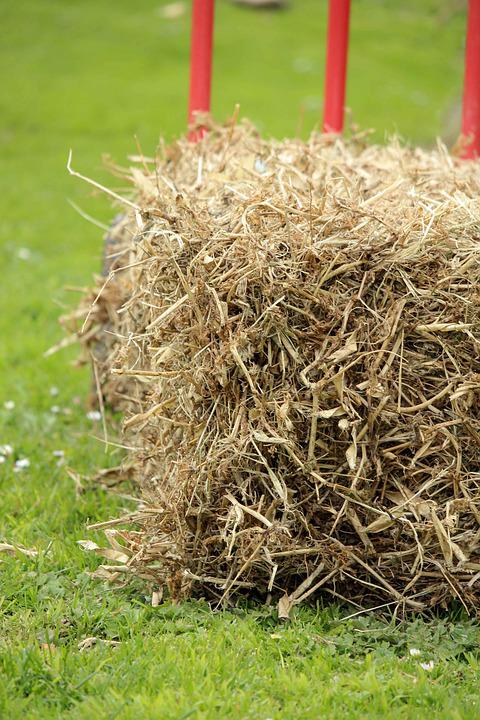This blog is where we romanticize gardening, but it’s hard to deny that this activity is one of the most fulfilling hobbies to have. It allows us to spend some time outside in nature; additionally, it is very gratifying to see the result of our efforts.
Some people even turn their passion for gardening into a business; either you started from passion or make some money on the side; these facts and statistics will show how fascinating the gardening world is.
Juliet Rose – The Most Expensive Rose in the World.

Juliet Rose is one of the most expensive rose ever developed. Its creator David Austin spent $3 million (£2.3 million) on it over 15 years. The eye-catching flower with large-headed blooms was first introduced to the public at the Chelsea Flower Show in 2006.
Austin wanted to combine the cup shape of older rose varieties with a range of new colours. He wanted Juliet Rose to have the ability of new rose varieties to bloom repeatedly.
The first greenhouses were built in Rome.
Did you know that the first documented greenhouses in history were built in Rome around 30 AD? Legend has it that Emperor Tiberius’ doctors told him that eating a cucumber every day was necessary for his health. So Roman scientists and engineers began to think about how to grow plants all year round, eventually settling on the concept of greenhouses.
Roman greenhouses consisted of beds mounted on wheels, which they pushed into the sun and, on winter days, retreated under cover of frames glazed with transparent stone or mica.
In 2020, Horticultural Sales Increased 27%.
Plant-based food sales grew nearly twice as fast as total U.S. grocery sales, which increased 15% in 2020 as COVID-19 closures led to temporary restaurant closures nationwide and prompted consumers to stock up on food.
The data clearly shows a sea of change as more consumers choose foods that taste good and benefit their health by incorporating plant-based foods into their diets.
In 2013, Americans Spent $3.5 Billion on Foods From the Garden.

It is estimated that Americans spent approximately $3.5 billion growing food in their gardens in 2013, up from $2.5 billion in 2008 – a 40 percent increase in just five years. From 2008 to 2013, the number of home gardens increased from 4 million to 37 million households, while the number of community gardens tripled from 1 million to 3 million.
Urban agriculture produces 20 percent of our food.
Urban agriculture is the production of food and other products in urban and peri-urban areas, as a result of the increased migration from rural to urban areas worldwide. What’s fascinating about this phenomenon is that urban agriculture produces 15 to 20 percent of the world’s food supply and could play an important role in achieving global food security.
About 39% Of U.S. Households Grow Food.
Twenty-five million families (39%) of the total U.S. population have their own vegetable and fruit gardens. Most of them belong to the older generation, but the popularity of self-sufficient gardening is also growing rapidly among young people.
Gardening Can Significantly Strengthen Your Brain.
Gardening has various positive impacts on mental health, as well as mental and physical well-being. Working in a garden can increase serotonin levels in the brain, which leads to feeling happier throughout the day.
Gardening has become increasingly popular in recent years, perhaps because most people didn’t know what to do at home due to the pandemic and lockdown and wanted to indulge in a lucrative activity. Let us know in the comments why you started gardening…





